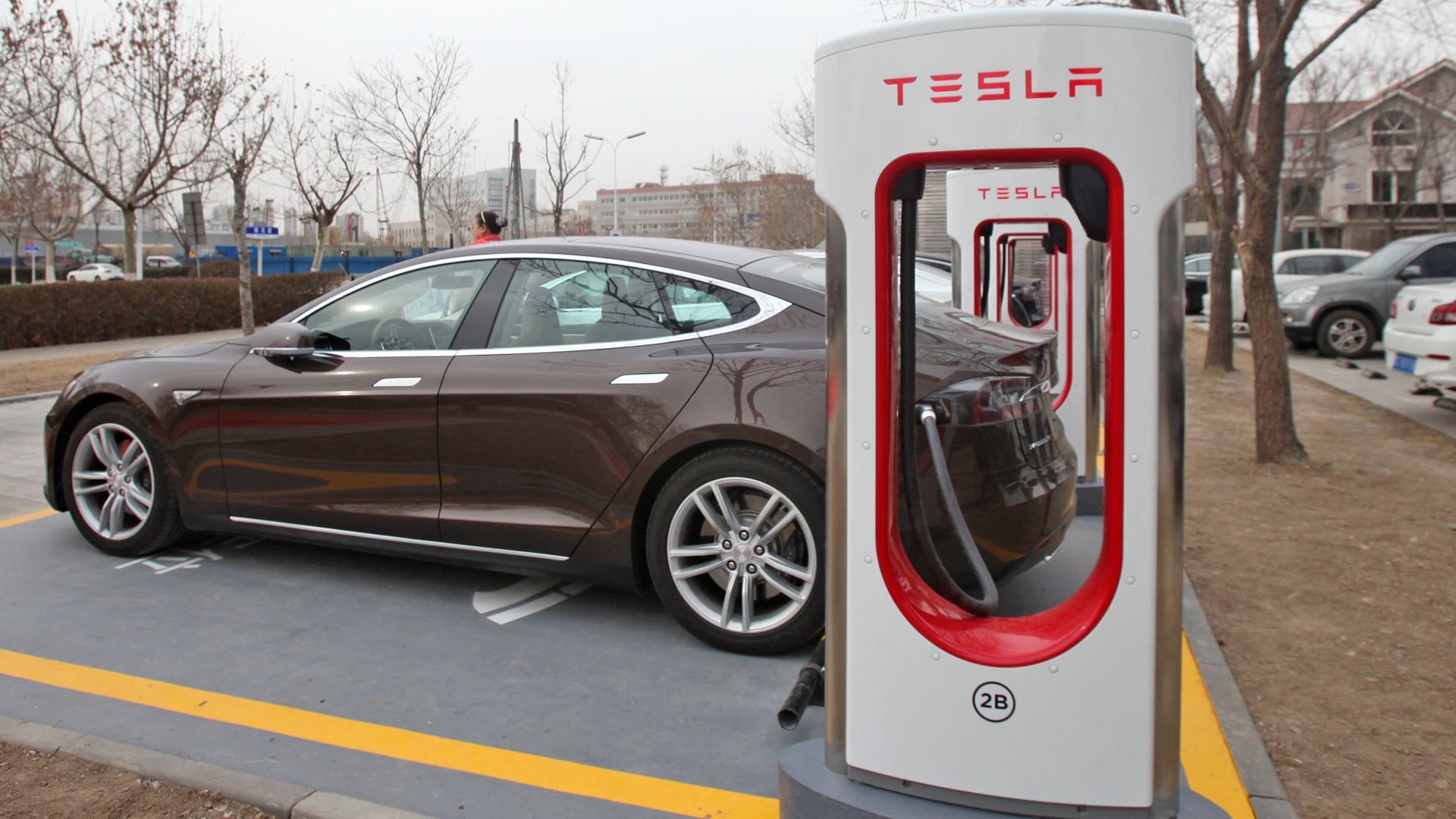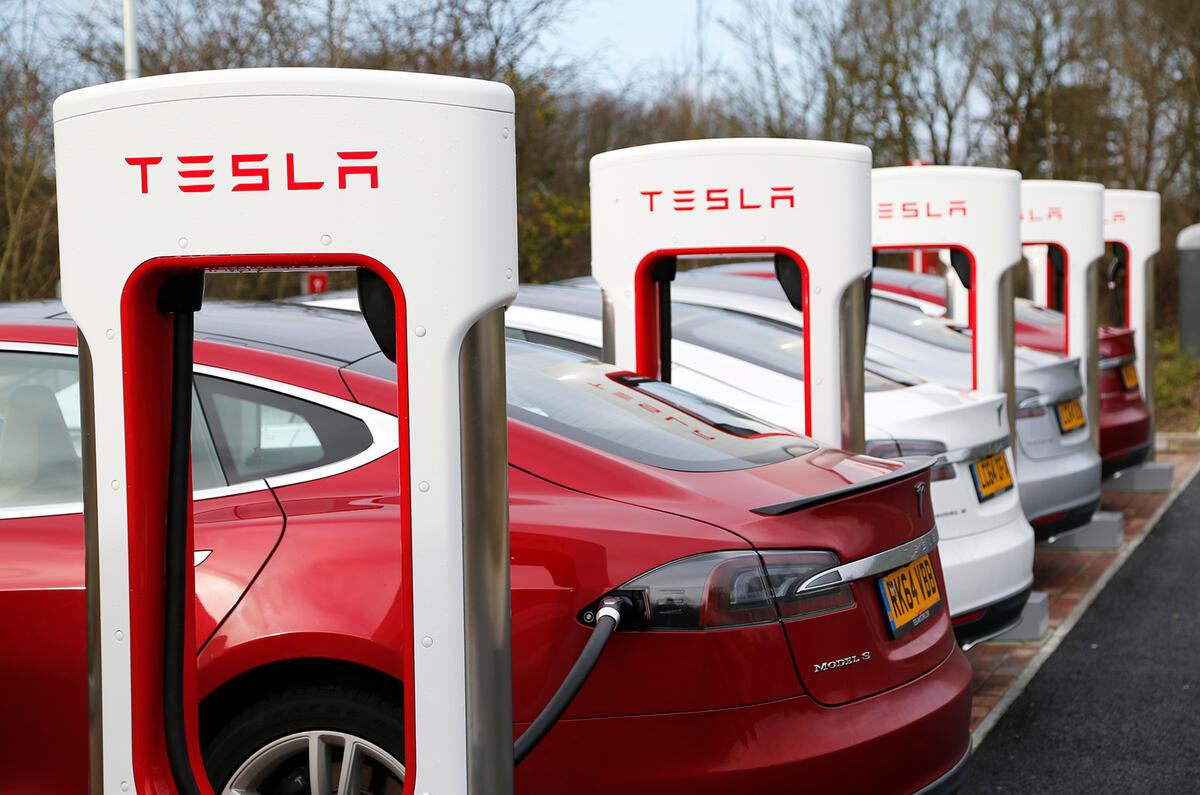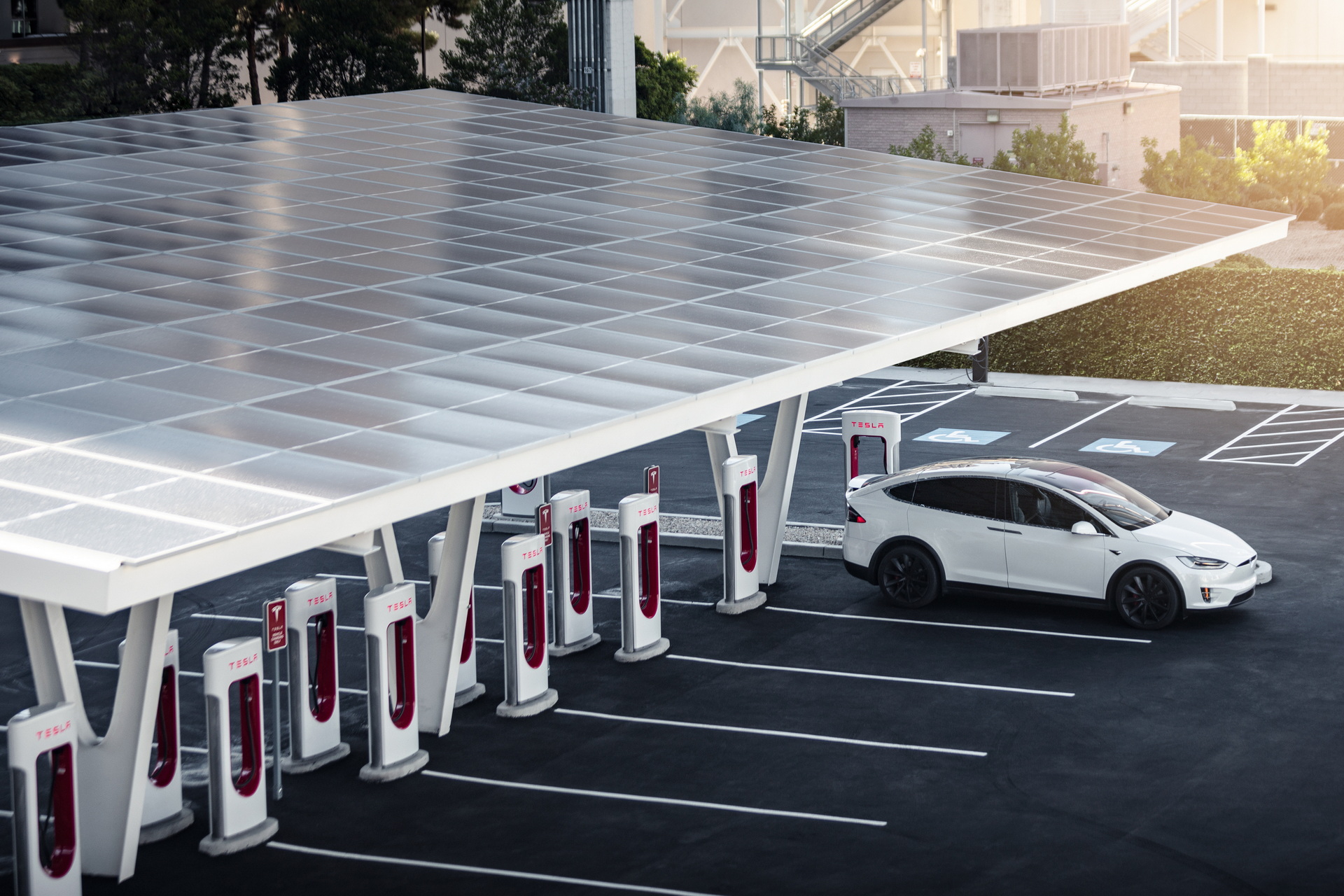Tesla Charging Network: All the Upcoming Compatible EVs
Tesla is known for its innovative electric vehicles, but also for its exclusive charging network. The Supercharger stations allow Tesla owners to quickly and conveniently recharge their cars, while the Destination chargers offer a slower but cheaper option at hotels, restaurants, and other locations. Until now, only Tesla vehicles could use these chargers, but that is about to change.
In July 2021, Tesla CEO Elon Musk announced on Twitter that the company plans to open its Supercharger network to other EVs later this year. He did not specify which countries or regions would be the first to benefit from this move, but he hinted that it would be a global initiative. This is a major shift in Tesla's strategy, as it could attract more customers to its chargers, generate more revenue, and help accelerate the adoption of electric mobility.
But which EVs will be compatible with Tesla's charging network? And how will they be able to access it? Here are some of the upcoming models that could potentially use Tesla's chargers in the near future.
- Ford Mustang Mach-E: This is one of the most popular EVs in the US market, and a direct competitor to Tesla's Model Y. The Mach-E has a CCS charging port, which is the standard in Europe and most of the world. However, Tesla uses a proprietary connector in North America, so the Mach-E would need an adapter to plug into a Supercharger. Ford has not confirmed whether it will offer such an adapter, but it has said that it is open to working with Tesla on charging compatibility.
- Hyundai Ioniq 5: This is a futuristic-looking hatchback that is expected to launch in the US in early 2022. The Ioniq 5 has a 300-mile range and a fast-charging capability that can add 68 miles in just five minutes. Like the Mach-E, it also has a CCS port, so it would need an adapter to use Tesla's chargers in North America. Hyundai has not commented on whether it will partner with Tesla on charging access, but it has expressed interest in joining a coalition of automakers that aims to expand the EV charging infrastructure in the US.
- Rivian R1T and R1S: These are two highly anticipated EVs from Rivian, a startup backed by Amazon and Ford. The R1T is a pickup truck and the R1S is an SUV, both with impressive off-road capabilities and over 400 miles of range. Rivian plans to launch its own charging network, called the Adventure Network, which will be exclusive to its vehicles. However, it has also said that its vehicles will be compatible with third-party chargers, including Tesla's. Rivian uses a modified version of the CCS port, which means that its vehicles could potentially plug into Tesla's chargers without an adapter, at least in Europe and other regions where Tesla uses the CCS standard.
- Lucid Air: This is a luxury sedan from Lucid Motors, another startup that aims to challenge Tesla's dominance in the EV market. The Air boasts a record-breaking range of 520 miles and a stunning design. It also has a CCS port, which makes it compatible with most of the existing charging networks. Lucid has not announced any plans to collaborate with Tesla on charging access, but it has hinted that it might consider it in the future.
These are just some of the upcoming EVs that could benefit from Tesla's decision to open its charging network to other brands. However, there are still many questions and challenges that need to be addressed before this becomes a reality. For example, how will Tesla charge non-Tesla owners for using its chargers? Will they need to download an app or use a RFID card? How will Tesla ensure that its chargers are not overcrowded by non-Tesla vehicles? And how will Tesla maintain its competitive edge and customer loyalty if it shares one of its key advantages with its rivals?
Tesla has not revealed any details about how it will implement its charging network expansion, but it has said that it will provide more information later this year. Until then, we can only speculate and hope that this move will benefit both Tesla and other EV drivers, as well as the environment and society as a whole.
Tesla Charging Network: All the Upcoming Compatible EVs
Tesla is known for its innovative electric vehicles, but also for its exclusive charging network. The Supercharger stations allow Tesla owners to quickly and conveniently recharge their cars, while the Destination chargers offer a slower but cheaper option at hotels, restaurants, and other locations. Until now, only Tesla vehicles could use these chargers, but that is about to change.
In July 2021, Tesla CEO Elon Musk announced on Twitter that the company plans to open its Supercharger network to other EVs later this year. He did not specify which countries or regions would be the first to benefit from this move, but he hinted that it would be a global initiative. This is a major shift in Tesla's strategy, as it could attract more customers to its chargers, generate more revenue, and help accelerate the adoption of electric mobility.
But how does Tesla's charging network compare to others? And which EVs will be compatible with it? Here are some of the main features and challenges of Tesla's chargers, as well as some of the upcoming models that could potentially use them in the near future.
- Speed: Tesla's Superchargers are among the fastest in the market, capable of delivering up to 250 kW of power and adding up to 200 miles of range in 15 minutes. However, some of the newer EVs, such as the Hyundai Ioniq 5 and the Lucid Air, can support even higher charging speeds of up to 350 kW, which means that they could charge faster than Tesla's vehicles at other networks, such as Electrify America or Ionity.
- Availability: Tesla has the largest and most widespread charging network in the world, with over 25,000 Superchargers and over 4,000 Destination chargers across 37 countries. This gives Tesla owners a great advantage when traveling long distances or in remote areas. However, Tesla's chargers are also very popular and sometimes crowded, especially during peak hours or holidays. Opening the network to other EVs could worsen this problem, unless Tesla increases its capacity and distribution.
- Compatibility: Tesla uses a proprietary connector in North America, which means that other EVs would need an adapter to plug into its chargers. In Europe and most of the world, Tesla uses the CCS standard, which is compatible with most of the existing EVs. However, some EVs, such as the Nissan Leaf and the Toyota Mirai, use a different standard called CHAdeMO, which is not compatible with Tesla's chargers. Therefore, not all EVs will be able to use Tesla's network, even if they want to.
- Cost: Tesla's charging prices vary depending on the location, demand, and vehicle model. On average, Supercharging costs about $0.28 per kWh in the US and €0.30 per kWh in Europe. Destination charging is usually free or included in the parking fee. However, Tesla has said that it will charge non-Tesla owners more than Tesla owners for using its chargers, as a way to cover its costs and incentivize its customers. This could make Tesla's network less attractive or affordable for other EV drivers.
These are some of the factors that will affect how Tesla's charging network expansion will impact both Tesla and other EV drivers. However, there are still many questions and challenges that need to be addressed before this becomes a reality. For example, how will Tesla charge non-Tesla owners for using its chargers? Will they need to download an app or use a RFID card? How will Tesla ensure that its chargers are not overcrowded by non-Tesla vehicles? And how will Tesla maintain its competitive edge and customer loyalty if it shares one of its key advantages with its rivals?
Tesla has not revealed any details about how it will implement its charging network expansion, but it has said that it will provide more information later this year. Until then, we can only speculate and hope that this move will benefit both Tesla and other EV drivers, as well as the environment and society as a whole.







No comments:
Post a Comment